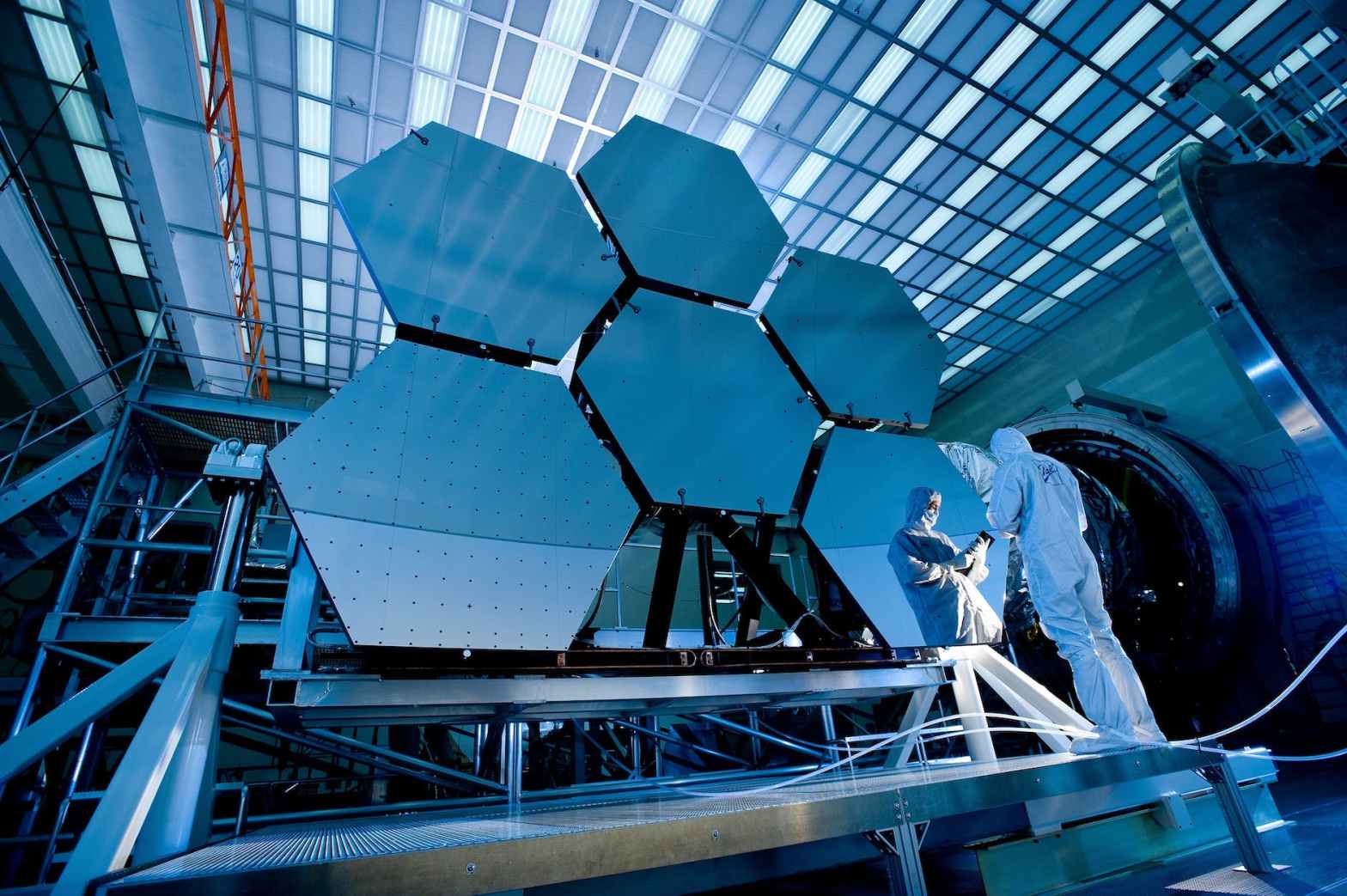The alarming pace of ice sheet loss driven by climate change has sparked a growing interest in developing innovative solutions to mitigate this pressing environmental issue.
Recent modeling analyses have shed light on the potential of stratospheric aerosol injection in stemming ice sheet loss, offering a glimpse of hope in the battle against global warming.
Ice sheets, particularly those in Antarctica and Greenland, represent a critical component of the Earth’s climate system, influencing sea levels and ocean currents.
The accelerating melting of these ice sheets poses significant risks to coastal communities and ecosystems around the world.
Stratospheric aerosol injection involves the deliberate release of particles into the stratosphere to reflect sunlight and potentially cool the Earth’s surface, thus mitigating some of the impacts of climate change.
Modeling studies have indicated that this technique has the potential to reduce ice sheet loss by offsetting a portion of the warming caused by greenhouse gas emissions.
By simulating the effects of stratospheric aerosol injection, researchers have revealed the promising prospect of slowing down the rate of ice sheet melting and its associated consequences.
While the precise implications and potential side effects of this approach require further investigation and careful consideration, the initial findings offer a captivating path for exploring innovative strategies to address climate change impacts.
The exploration of stratospheric aerosol injection as a potential tool in the fight against ice sheet loss emphasizes the urgency of comprehensive and collaborative climate action.
It underscores the imperative of embracing diverse approaches and technologies to safeguard our planet’s delicate balance.
However, it is essential to approach these developments with a cautious and well-informed mindset, taking into account the complex interplay of environmental, ethical, and geopolitical factors.
As the global community continues to grapple with the far-reaching effects of climate change, the potential of stratospheric aerosol injection offers a compelling avenue for further research and deliberation.
The modeling analyses of stratospheric aerosol injection present a thought-provoking dimension in the pursuit of mitigating ice sheet loss and its repercussions.
Edited by Zeng Han-Jun
Written by Juliana Rodriguez









